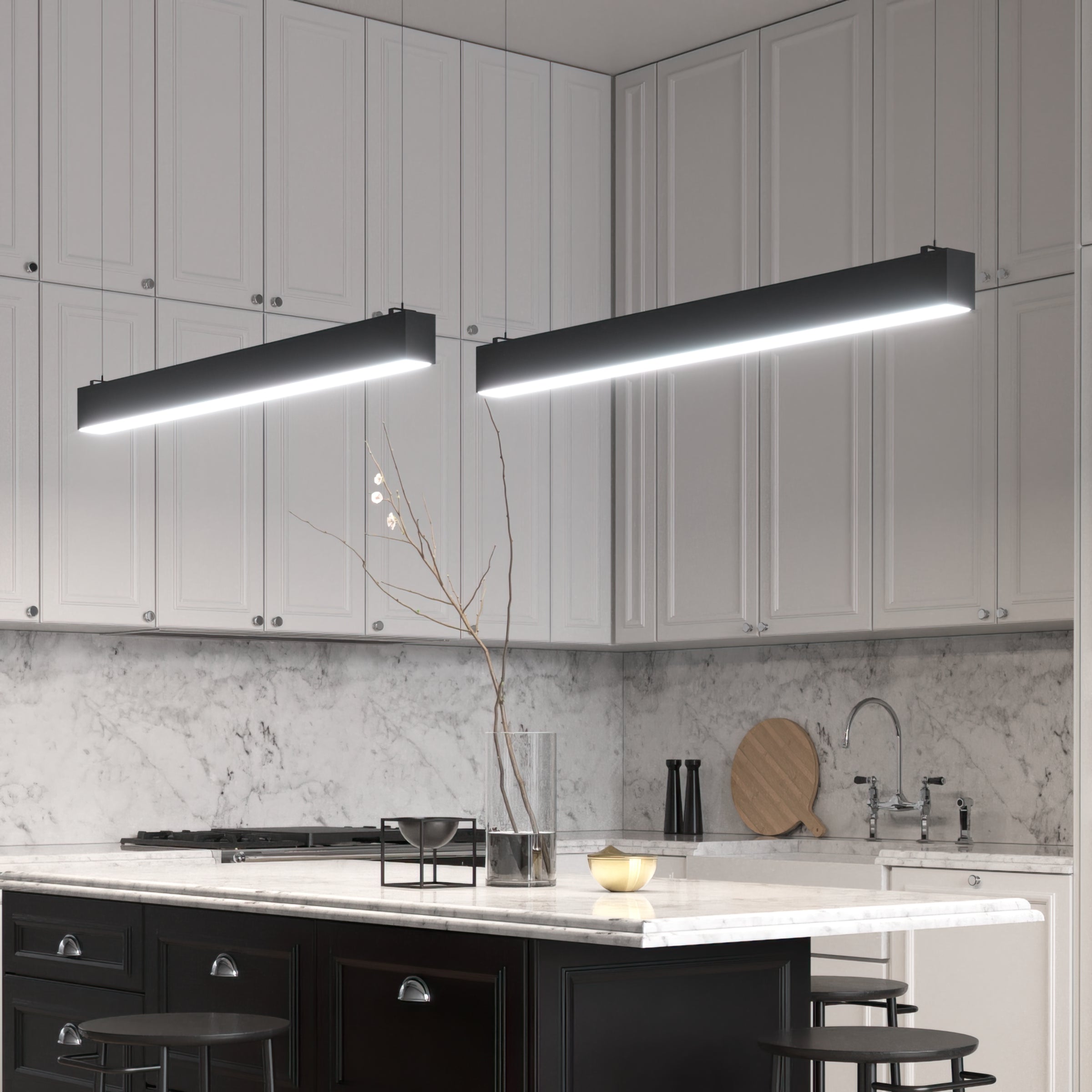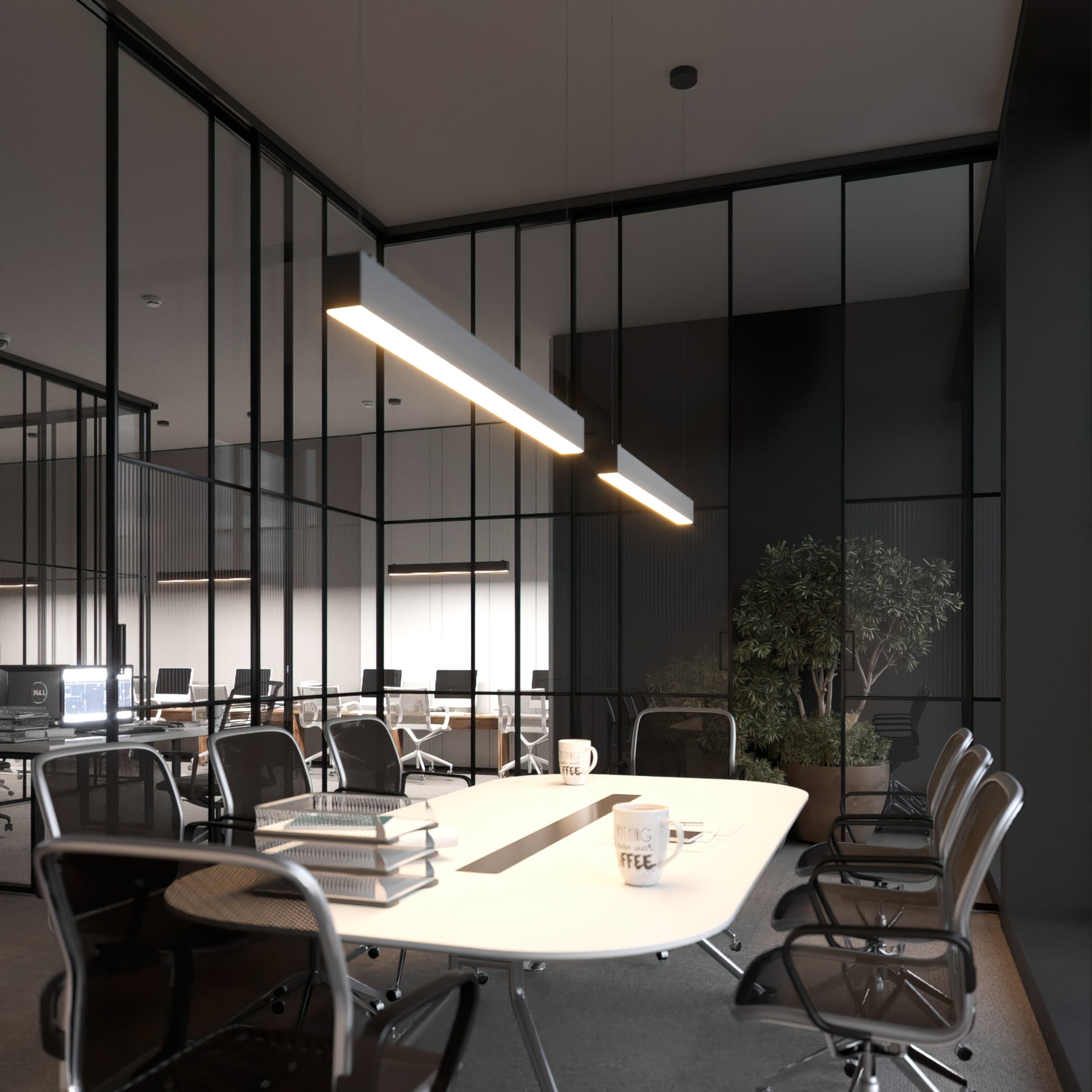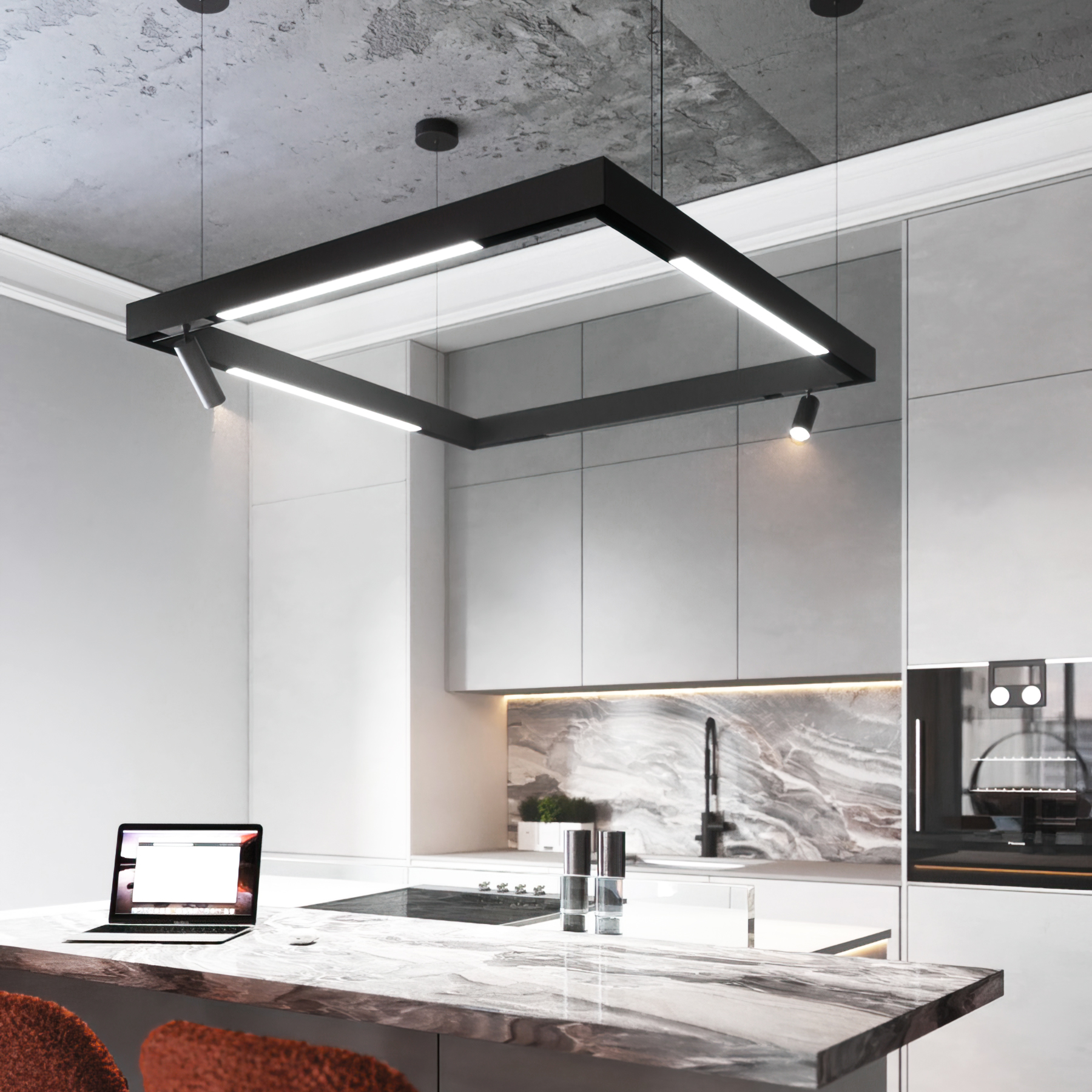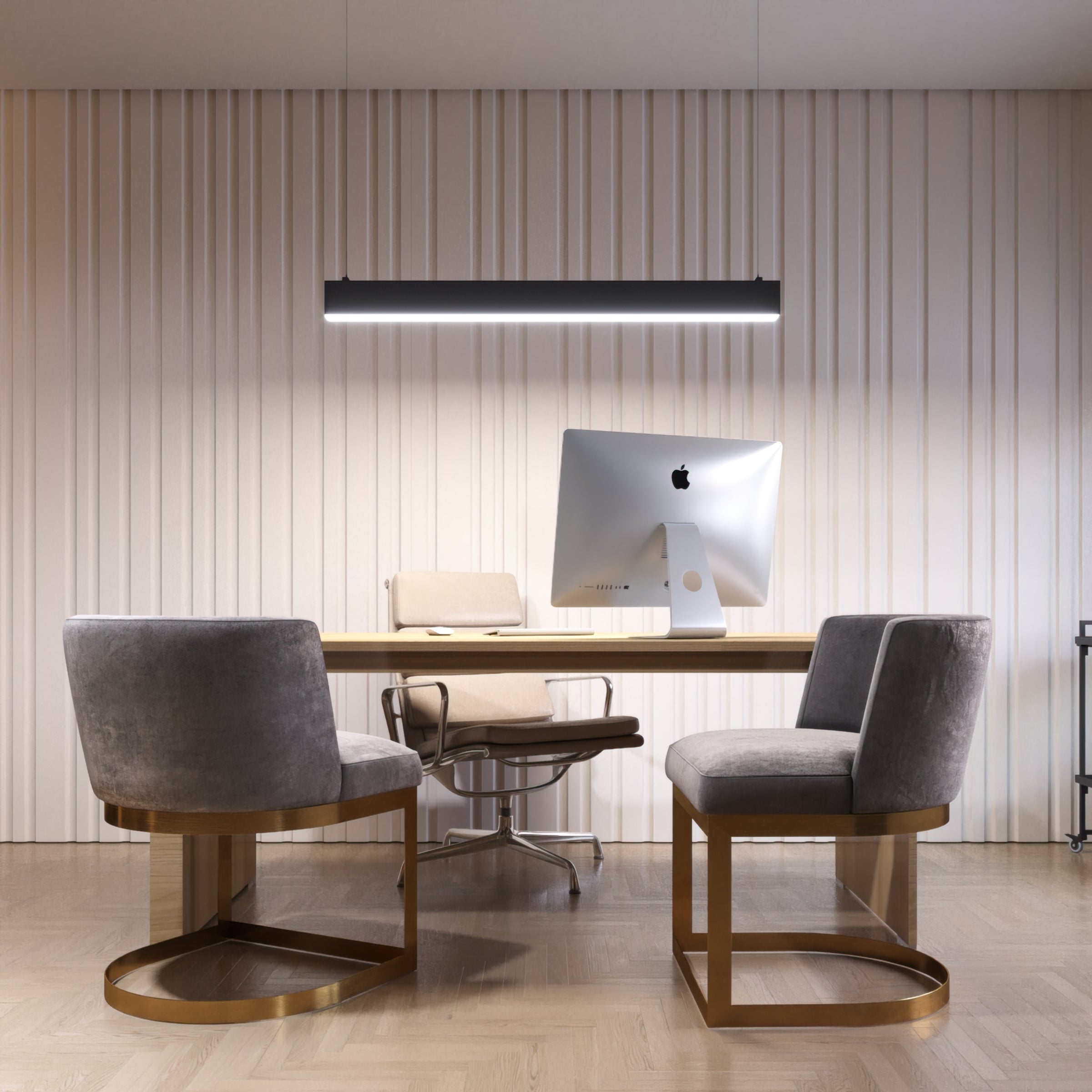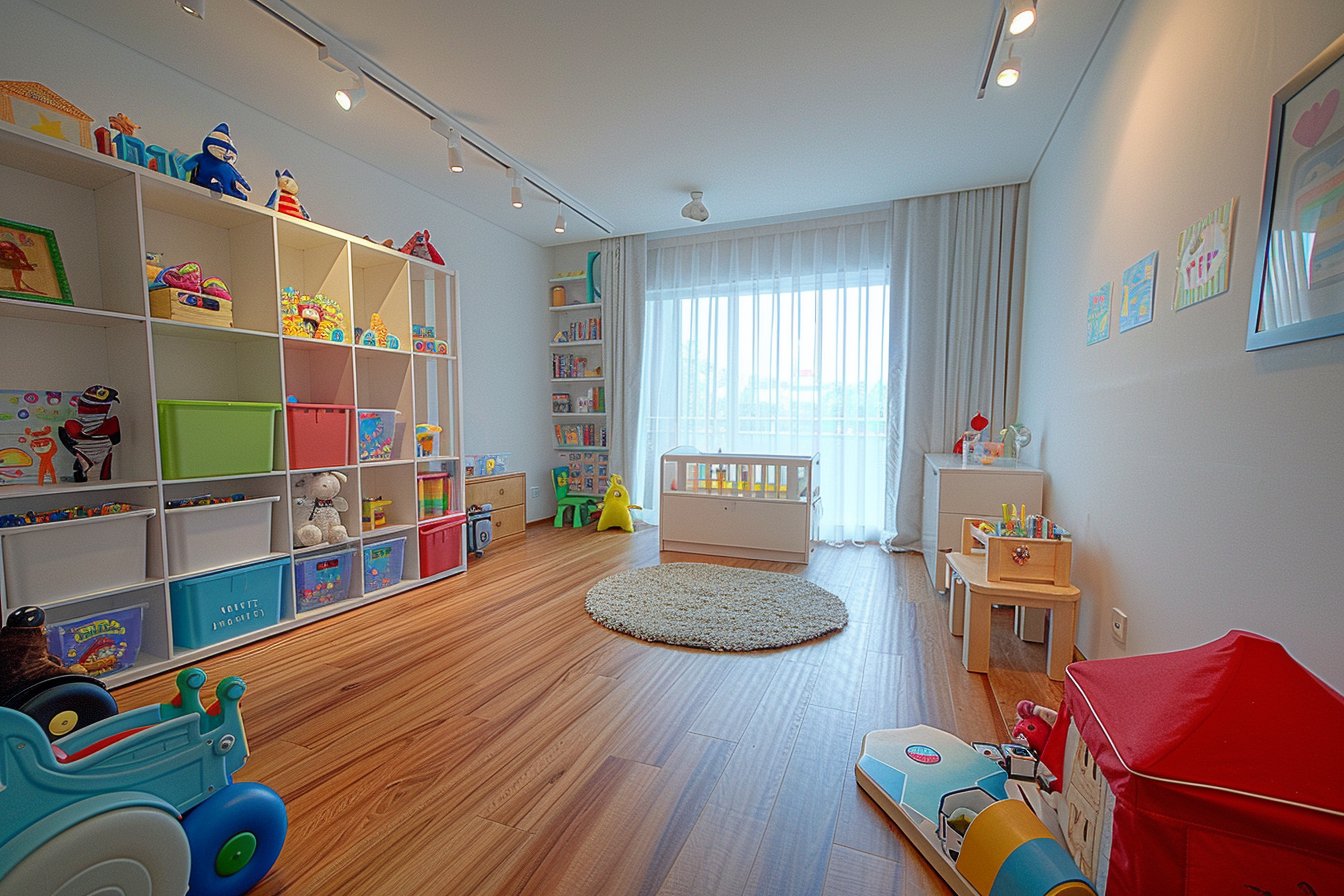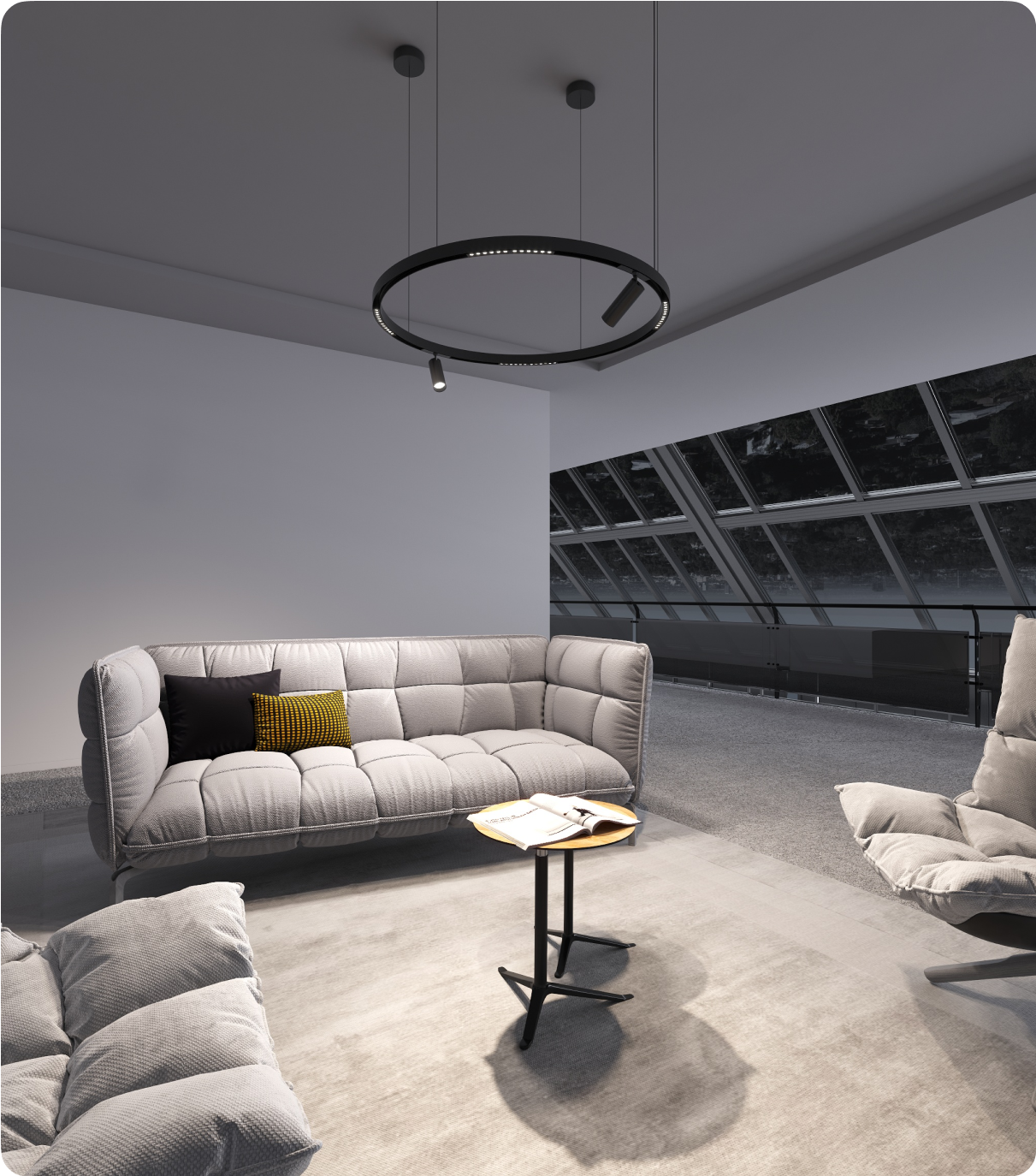Customizing children's bedrooms with innovative lighting solutions has become popular among parents and interior designers. These unique lighting options not only enhance the room's overall look but also serve various functional purposes. The possibilities are endless, from whimsical night lights that provide comfort during bedtime to creative ceiling fixtures that spark the imagination.
But how to light a children's room? Incorporating kid-friendly lighting products into a child's bedroom brings numerous benefits. Aesthetically, these lights can transform a plain room into a magical space that reflects the child's personality and interests. Functionally, they can improve the room's usability, ensuring the lighting is appropriate for reading, playing, and sleeping activities. Additionally, many of these lighting solutions are designed with safety in mind, using safe materials and technologies for children. By selecting the proper lighting, parents can create a nurturing environment that supports their children's growth and development while adding fun and creativity to their everyday surroundings.
Kids' Room Lighting Ideas
The right lighting can make a world of difference when designing a child's bedroom. Here are some tips on lighting a child's room.

Overhead Lighting
Overhead lighting is essential for providing general illumination in a kid's room. Chandeliers, ceiling LED fixtures, and pendant lights can add style and sufficient brightness. When choosing overhead lighting for a child's bedroom, consider sturdy and visually appealing fixtures. Opt for designs that complement the room's theme, whether a whimsical chandelier for a fairy tale room or a sleek, modern ceiling fixture for a contemporary look.
Tips for Choosing and Installing Overhead Lights Safely:
- Ensure the fixtures are securely mounted to prevent accidents.
- Choose materials that are durable and easy to clean.
- Opt for fixtures with diffused lighting to prevent harsh glare.
- Consider using LED lights for their energy efficiency and cool touch.
Task Lighting
If you want to know how to light a kids' room, task lighting is crucial for study areas, reading nooks, and other focused activities. Desk lamps and reading lights are perfect for providing direct light where needed most.
Examples of Kid-Friendly Task Lighting Options:
- Adjustable desk lamps with colorful designs.
- Clip-on reading lights that can be attached to bunk beds or bookshelves.
- LED strip lights for under-shelf lighting in study areas.
Night Lights
Night lights play a vital role in providing comfort and safety at night. They help ease bedtime anxiety and can be especially useful for young children who are afraid of the dark.
Creative Night Light Ideas:
- Projection night lights that cast stars or soothing images on the ceiling.
- Soft, plush night lights in the shape of animals or favorite characters.
- Motion-sensor night lights that automatically turn on when movement is detected.
Decorative Lighting
Decorative lighting fixtures can serve as unique and playful elements in a child's bedroom, adding a touch of fun and creativity.
Ideas for Incorporating Themed or Character-Based Lighting:
- String lights are shaped like stars, butterflies, or other fun shapes.
- Character-themed lamps featuring famous cartoon figures.
- DIY lighting projects, such as fairy light jars or customized lamp shades.
By thoughtfully incorporating these lighting ideas, you can create a well-lit, safe, and magical environment that supports your child's activities and development while adding a delightful touch to their personal space.
Decorative Lighting Ideas
Decorative room LED lights are a fantastic way to infuse a child's room with personality and charm. One of the most versatile options is fairy lights. These delicate strands of tiny lights can transform any space into a magical wonderland, adding a warm and whimsical glow.
Fairy Lights
Fairy lights are incredibly popular for children's rooms due to their flexibility and enchanting effect. Here are some creative ways to use them to enhance the room's ambiance:
- Canopy of Lights: Drape fairy lights across the ceiling or around the bed frame to create a dreamy canopy. Sleeping under a starry sky can be like sleeping under a dream, perfect for inspiring sweet dreams.
- Wall Art: Arrange fairy lights in various shapes or patterns on the wall. Form words and shapes like hearts or stars, or even outline your child's name to add a personalized touch. Adhesive hooks or clear tape can help achieve clean lines and stable formations.
- Curtain of Lights: Hang fairy lights behind sheer curtains to create a soft, diffused glow. This setup works wonderfully in reading nooks or as a backdrop behind the bed, making the room feel cozy and inviting.
- Bottles and Jars: Place fairy lights inside clear jars or bottles for a DIY lantern effect. Arrange them on shelves, desks, or window sills, serving as unique decorative pieces and providing gentle ambient light.
- Tents and Teepees: Incorporate fairy lights into play tents or teepees. Wrapping lights around the structure can turn these play areas into magical hideaways where kids can read, play, or simply relax.
- Photo Display: Use fairy lights to creatively display photos or artwork. Attach pictures to the lights using small clothespins or clips, turning a plain wall into a personal gallery of memories and masterpieces.
Fairy lights are a versatile and enchanting addition to any child's room. By experimenting with these creative formations, you can create a magical environment that fosters creativity, relaxation, and a sense of wonder.
Safety and Functional Considerations
When choosing lighting for children's rooms, safety and functionality are paramount. It is crucial to ensure that the lights are safe, durable, and appropriate for your child's age and activities.

Safety Concerns
Shatterproof Materials: To minimize the risk of injury, select lighting fixtures made from shatterproof materials. Avoid glass and opt for durable plastics or other resilient materials that can withstand accidental knocks and falls.
Keeping Wires Out of Reach: To prevent accidents, ensure that all wires and cords are securely fastened and kept out of reach of young children. Use cord organizers or concealers to tidy loose wires and prevent tripping hazards. Battery-operated lights can be a great alternative to reduce the risk of electrical mishaps.
Age-Appropriate Lighting Styles
Infants and Toddlers: For the youngest children, choose soft, diffused lighting that creates a calm and soothing environment. Night lights with gentle, warm tones are ideal for creating a comforting ambiance during bedtime.
School-Age Children: As children grow, their room lights need to evolve. Incorporate adjustable desk lamps for homework and reading, ensuring the light is bright enough to prevent eye strain. Fun and playful lighting designs that reflect their interests can make their room feel more personalized and engaging.
Teens: Older children and teens might prefer more sophisticated lighting options. Consider sleek desk lamps, stylish pendant lights, or smart lighting systems that can be controlled via apps for convenience and customization.
Energy-Efficient Options
LED Lights: LED lights are an excellent choice for children's rooms due to their energy efficiency and safety benefits. They consume less power than traditional lights, reducing electricity bills and environmental impact. Additionally, LEDs produce less heat, minimizing the risk of burns if touched.
Benefits of LED Lights:
- Long Lifespan: LEDs have a longer lifespan compared to incandescent or fluorescent lights, meaning fewer replacements and less maintenance.
- Cool to Touch: LEDs emit very little heat, making them safer for curious little hands.
- Variety of Colors: LEDs are available in a range of colors and brightness levels, allowing for creative and customizable lighting setups.
You can create a well-lit, secure, and energy-efficient environment that supports your child's activities and growth by prioritizing safety and functionality.
Choosing the Right Lighting Placement
The strategic placement of lighting in a child's room is essential to meeting different functional needs while enhancing the overall ambiance. Here are some tips to help you position lights effectively for various activities and requirements.
Bedside Lighting
Reading Lights: Positioning a lamp or wall-mounted reading light near the bed is ideal for bedtime stories or personal reading time. Ensure the light is adjustable and can be directed toward the reading material to avoid straining your child's eyes. Clip-on lights or flexible gooseneck lamps can be excellent choices for this purpose.
Night Lights: Placing a night light near the bed can provide comfort and safety, helping children feel secure during the night. Opt for soft, warm lighting that is gentle on the eyes and creates a calming atmosphere conducive to sleep.
Pathway Lighting
Guiding Lights: Strategically placed pathway lighting can help guide children safely from their bed to the bathroom or hallway during the night. Motion-sensor night lights are handy, as they only turn on when movement is detected, conserving energy and providing light only when needed.
Study and Play Areas
Task Lighting: Desk lamps are essential for study areas. They provide focused, bright light that reduces eye strain during homework or creative activities. Adjustable lamps allow you to direct light exactly where needed, ensuring a well-lit workspace.
Play Zones: Consider using ceiling fixtures or pendant lights that offer broad illumination in play areas. This helps create a vibrant, well-lit environment where children can engage in their activities safely and comfortably.
Benefits of Dimmable Options
Adjustable Brightness: Dimmable lights allow users to adjust brightness levels according to activities and times of day. Brighter lighting can be used during playtime or study sessions, while softer lighting is suitable for winding down before bedtime.
Mood Setting: Dimmable lights can also help set the mood in a child's room. Lowering the lights in the evening can create a more relaxed atmosphere, signaling to your child that it's time to settle down and prepare for sleep.
Energy Efficiency: Dimming lights can save energy by reducing power consumption when full brightness is unnecessary, making it an eco-friendly option for your child's room.
More details about dimmable lighting can be found in the article Do Dimmer Switches Truly Save Energy?
